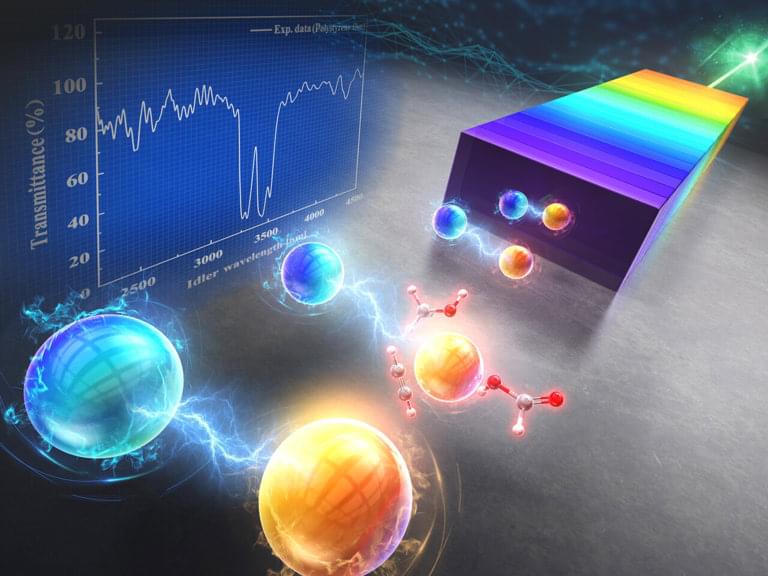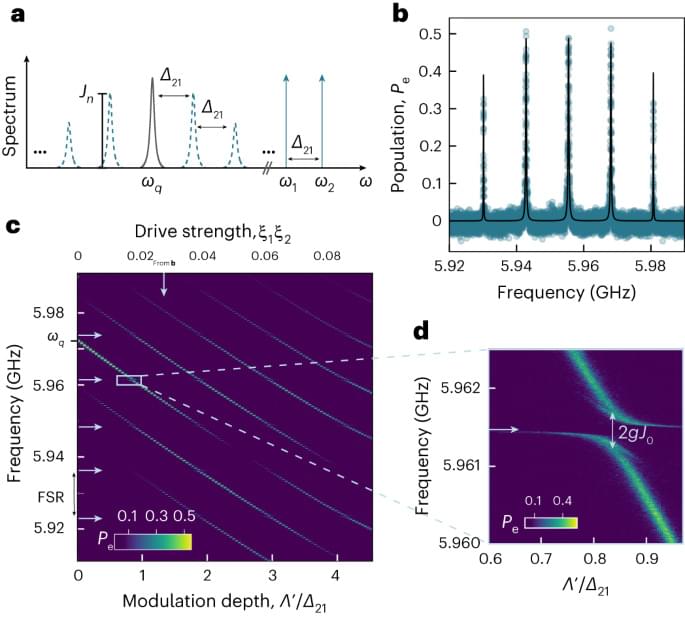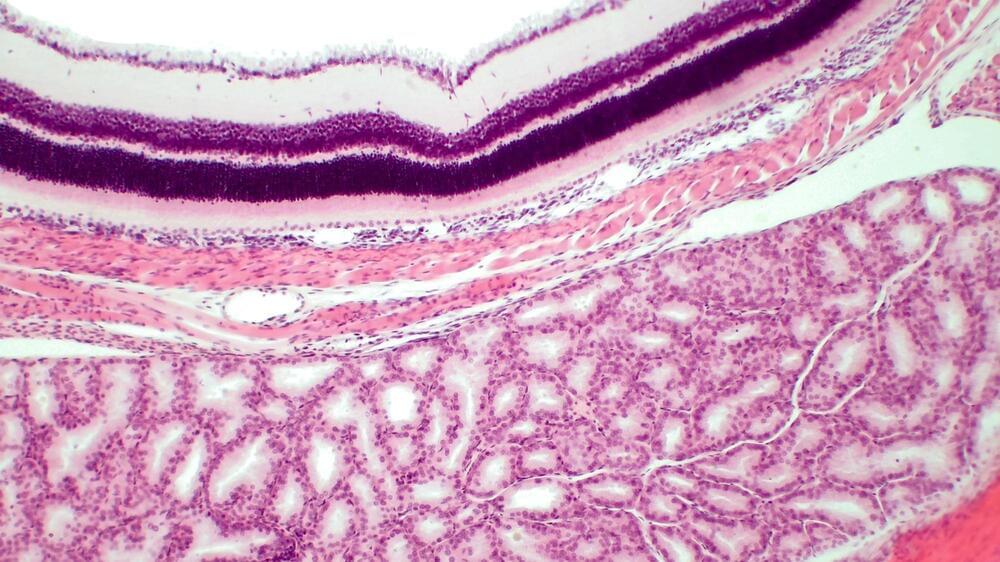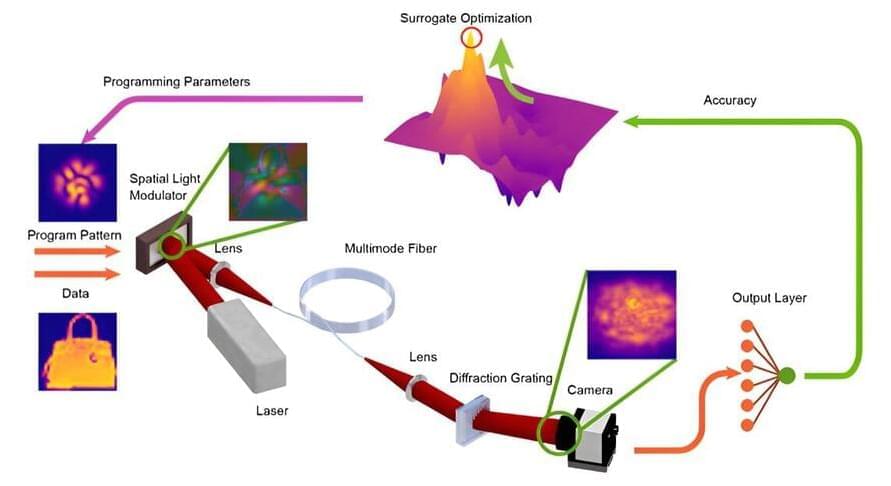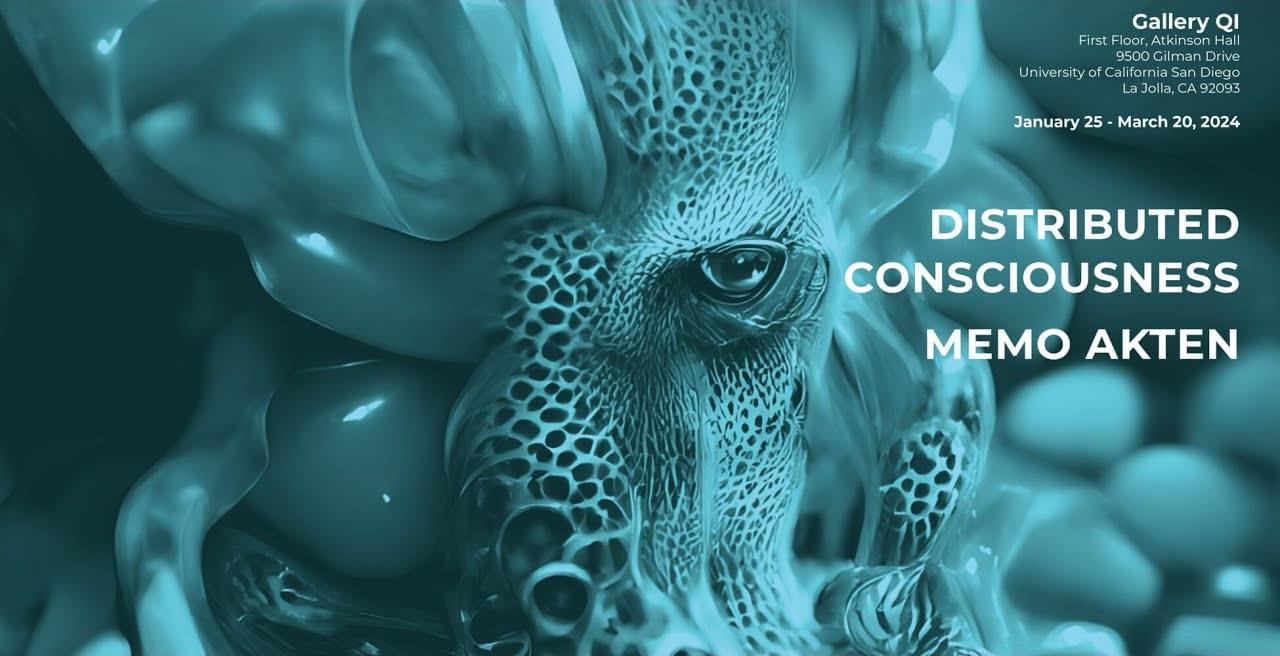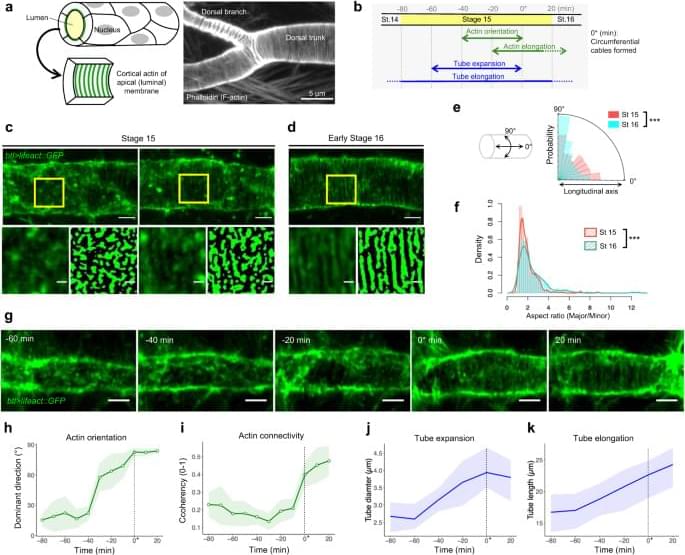Our understanding of the world relies greatly on our knowledge of its constituent materials and their interactions. Recent advances in materials science technologies have ratcheted up our ability to identify chemical substances and expanded possible applications.
Quantum gates require controlled interactions between different degrees of freedom. A tunable coupling has now been demonstrated between the phonon modes of a mechanical resonator designed for storing and manipulating quantum information.
The Little Helicopter That Could, also known as NASA’s Ingenuity Mars Helicopter, has unfortunately ended its mission of exploring the surface of Mars after a historic 72 flights since its first flight in April 2021. The decision to end the mission came after teams discovered that at least one rotor blade was damaged enough to where it could no longer perform aerial duties. Despite this, Ingenuity remains standing upright and communicating with Earth continues, as well.
“The historic journey of Ingenuity, the first aircraft on another planet, has come to end,” NASA Administrator Bill Nelson said in a statement. “That remarkable helicopter flew higher and farther than we ever imagined and helped NASA do what we do best – make the impossible, possible. Through missions like Ingenuity, NASA is paving the way for future flight in our solar system and smarter, safer human exploration to Mars and beyond.”
Launched onboard NASA’s Perseverance rover on July 30, 2020, and landing in Jezero Crater on Mars on February 18, 2021, Ingenuity became the first aircraft to perform a powered flight on another world on April 19, 2021. Ingenuity was originally built for a 30-day mission where it would conduct five experimental flights to demonstrate that powered flight could be achieved on another planetary body other than Earth. With a total of 72 flights under its belt, Ingenuity has far exceeded expectations in terms of its original goals and objectives. This includes a horizontal flight distance of 2,315 feet (705 meters), which was accomplished just last month on December 20, 2023.
Bodily maps of emotions
Posted in mapping
Great science stands the test of time: After 10 years of its publication, this paper with is still listed as trending in.
@PNASNews webpage! +3.5M views & 1k citations.
Emotions are often felt in the body, and somatosensory feedback has been proposed to trigger conscious emotional experiences. Here we reveal maps of bodily sensations associated with different emotions using a unique topographical self-report method. In five experiments, participants (n = 701) were shown two silhouettes of bodies alongside emotional words, stories, movies, or facial expressions. They were asked to color the bodily regions whose activity they felt increasing or decreasing while viewing each stimulus. Different emotions were consistently associated with statistically separable bodily sensation maps across experiments. These maps were concordant across West European and East Asian samples. Statistical classifiers distinguished emotion-specific activation maps accurately, confirming independence of topographies across emotions.
👁️ 🧠 🔬
A recent study published in the journal Npj Parkinson’s Disease investigated whether increased thinning rate in the parafoveal ganglion cell-inner plexiform layer (pfGCIPL) and peripapillary retinal nerve fiber layer (pRNFL) indicates the progression of the Parkinson’s disease (PD).
Study: Association of retinal neurodegeneration with the progression of cognitive decline in Parkinson’s disease. Image Credit: BioFoto / Shutterstock
Background
Current artificial intelligence models utilize billions of trainable parameters to achieve challenging tasks. However, this large number of parameters comes with a hefty cost. Training and deploying these huge models require immense memory space and computing capability that can only be provided by hangar-sized data centers in processes that consume energy equivalent to the electricity needs of midsized cities.
The research community is presently making efforts to rethink both the related computing hardware and the machine learning algorithms to sustainably keep the development of artificial intelligence at its current pace. Optical implementation of neural network architectures is a promising avenue because of the low power implementation of the connections between the units.
New research reported in Advanced Photonics combines light propagation inside multimode fibers with a small number of digitally programmable parameters and achieves the same performance on image classification tasks with fully digital systems with more than 100 times more programmable parameters. This computational framework streamlines the memory requirement and reduces the need for energy-intensive digital processes, while achieving the same level of accuracy in a variety of machine learning tasks.
Gallery QI Opening Event: Distributed Consciousness – Memo Akten – January 25, 2024 – 5 p.m. Join Gallery QI for the opening event of Distributed Consciousne…
It wasn’t until Albert Einstein that we developed a more sophisticated mathematical understanding of time and space that allowed physicists to probe deeper into the connections between them. In their endeavors, physicists also discovered that seeking the origin of time forces us to confront the origins of the universe itself.
What exactly is time, and how did it come into being? Did the dimension of time exist from the moment of the Big Bang, or did time emerge as the universe evolved? Recent theories about the quantum nature of gravity provide some unique and fantastic answers to these millennia-old questions.
Periodic circumferential cytoskeletons support biological tube formation. Here, the authors show that self-assembled actin nanoclusters undergo biased fusion and develop into periodic cables in response to the membrane anisotropy of the expanding Drosophila tracheal tube.
A microquasar’s jets are creating shockwaves that could be creating the strange cosmic rays we see bombarding Earth.
